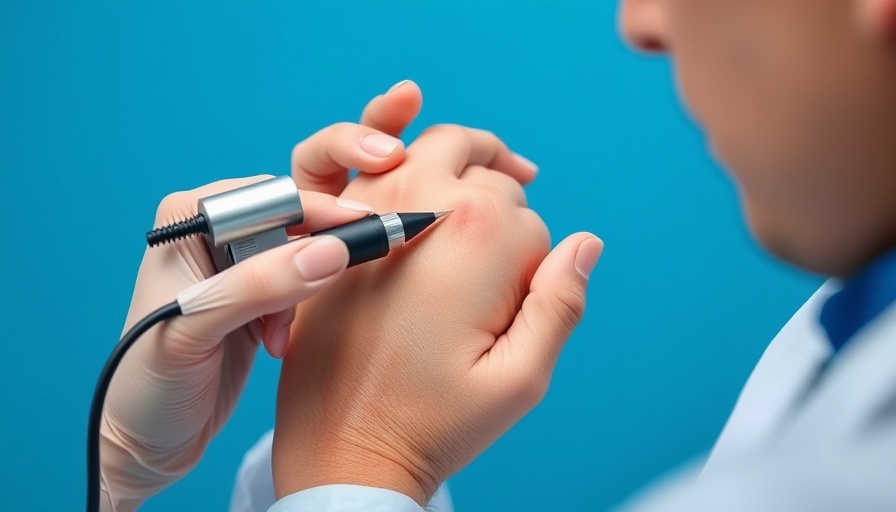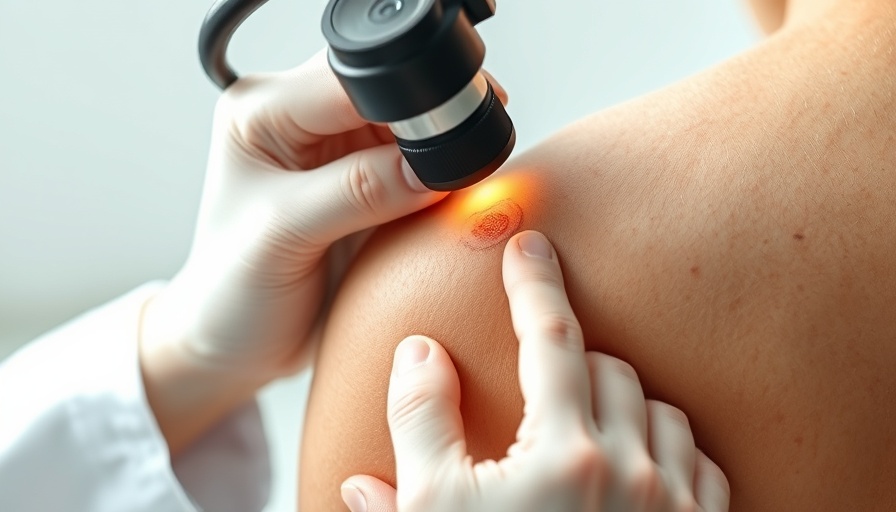
Understanding Skin Organoids: The Future of Dermatology
Recent research highlights the transformative potential of skin organoids in the realm of personalized dermatology. These three-dimensional skin models, derived from stem cells of patients, are key in replicating natural skin features and responding to various treatments. This innovation is set to redefine how dermatologists approach patient care, particularly in managing complex skin conditions.
The Role of Stem Cells in Creating Organoids
Skin organoids are crafted from reprogrammed adult skin cells, which allows them to exhibit properties akin to real human skin. This includes the presence of crucial elements such as melanocytes and fibroblasts—cells that play vital roles in skin health and disease. Understanding how these organoids work enables dermatologists to observe disease mechanisms and therapeutic responses in a controlled environment.
Why Skin Organoids Matter in Dermatology
As Dr. Diala Haykal noted, skin organoids have the potential to revolutionize dermatological practices. For instance, in the case of vitiligo, these organoids facilitate the study of melanocyte behavior and their reactions to targeted therapies. By closely mimicking real skin responses, organoids assist in tailoring treatments that are uniquely suited to individual patient needs.
Applications in the Treatment of Skin Diseases
Beyond enhancing the understanding of common conditions like psoriasis and eczema, skin organoids offer insights into more rare genetic disorders. Their ability to model inflammation and skin disease means dermatologists can test the effectiveness of various treatments in real time, adapting therapies to each patient’s specific condition, much faster than before.
The Bigger Picture: Technology in Dermatology
Skin organoids are just one facet of a broader technological revolution in dermatology. Alongside innovations like bioprinting and skin-on-a-chip technologies, they demonstrate how far dermatology has come. These advancements not only enhance existing treatments but also pave the way for groundbreaking therapies that have previously been unimaginable.
Implications for Medical Spa Owners
For medical spa owners, the insight into drug interactions and skin responses provided by organoids could be vital. Personalized treatments tailored to individual needs will not only improve patient satisfaction but also enhance treatment efficacy and outcomes. Adapting these advanced insights into practice can put spas ahead in a competitive market, responding to patients’ increasingly specific desires for tailored skincare solutions.
As the world of dermatology evolves, staying informed on advancements like skin organoids will be crucial for offering cutting-edge services in medical aesthetics. By embracing these innovations, medical spa owners have a unique opportunity to enhance both patient care and business success.
Conclusion
The emergence of skin organoids signifies a new era in personalized dermatology. They illustrate a significant step forward in how treatments will be customized to fit each patient's unique skin profile, heralding a future where dermatological care is both profound and deeply personal.
 Add Row
Add Row  Add
Add 




Write A Comment